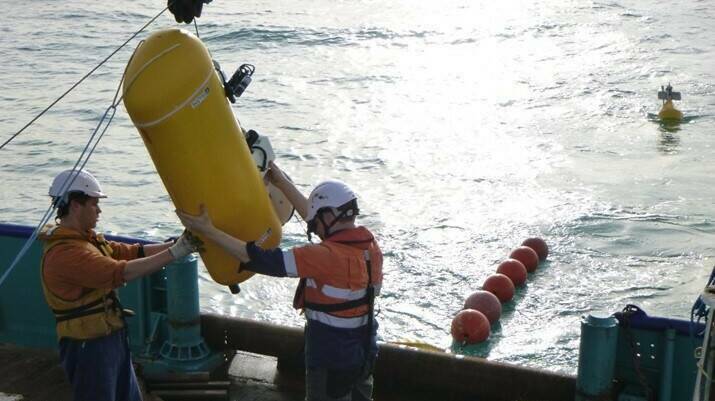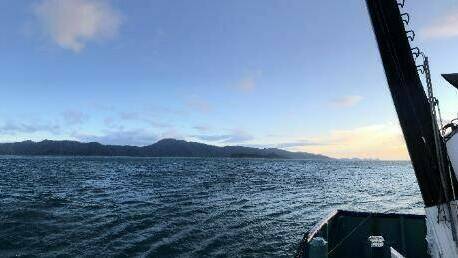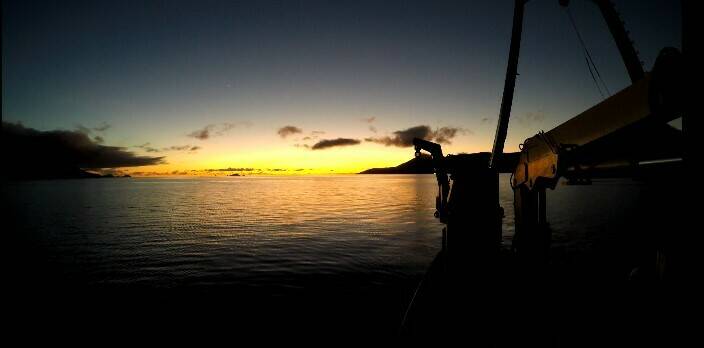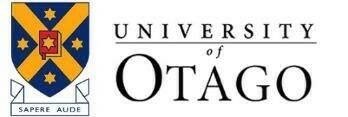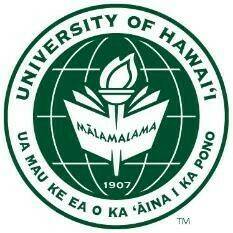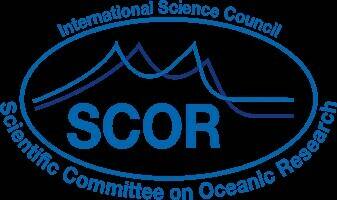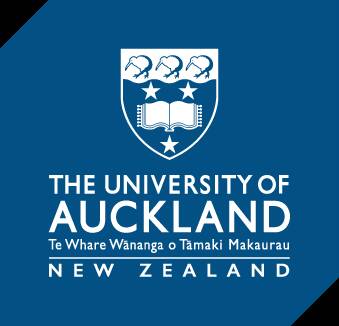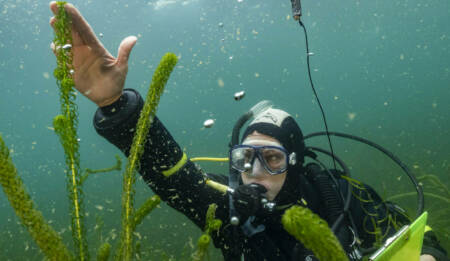Extreme Ocean Mixing: Project Cookie-Monster
Over ninety percent of the heat captured by the planet is stored in the oceans. Yet our large-scale models of geophysical fluids make big assumptions about how the heat is actually mixed. In this project we measure how extreme ocean mixing works to help us better project future climates.

Background
While ninety percent of the heat captured by the planet is stored in the oceans, all our large-scale models of geophysical fluids make significant assumptions about how the fluid actually works. Identifying the efficiency of ocean mixing at high energy is arguably the “Holy Grail” of fluid geophysics, as turbulent mixing is a cornerstone of any, and all, fluid geophysics predictive tools. Project CookieMonster (COOK Strait Internal Energetics MONintoring and SynThEsis Research) seeks quantify this efficiency of energy conversion in something close to the highest Reynolds number flow on the planet. We seek to answer the question – at the bounds of known turbulent energetics, how does mixing efficiency vary from the simplistic approach used in today’s computer simulations?
Project details
However, it is difficult to measure ocean mixing and it is even more difficult to do so in very energetic parts of the ocean. One of the main components in the Marsden Fund study is to make ocean turbulence measurements in some of the most turbulent waters on the planet. We work in the fast-flowing tides of the massive Cook Strait region. As well as working from ships we also use ocean robots. The ocean glider operated by Dr Joe O’Callaghan’s glider team is equipped with a Canadian-made turbulence piggyback package. In 2020 it undertook one of the most extreme missions ever conceived surviving extreme tides and cyclone-speed winds. The work then translates this knowledge to mixing in the largest ocean flow on the planet– the Antarctic Circumpolar Current (ACC). Working with University of Tasmania researcher Dr Helen Phillips and University of Hawaii Prof Glenn Carter when examine mixing in this massive current structure encircling the planet. We are looking at ways to scale up our direct but difficult to achieve measurements of mixing with more easily-made approaches.
What they hope to achieve
CookieMonster contributes all this data to the international ATOMIX (Analysing ocean Turbulence Observations to quantify MIXing) project designed to get all ocean turbulence people working with comparable methods. The initiative seeks to enhance the uptake of high-quality turbulence estimation in order to build a lasting legacy for the ocean science community.
Listen to an interview with Prof Craig Stevens on Radio New Zealand about finding out just how the heat from the sun warms up the ocean, particularly whether the heat stays on the surface or if currents take that warm water down to the sea floor.
Engagement opportunity
Project Cookie Monster is on Twitter @CookStMonster to engage with.
Contact
Dr Craig Stevens

Resource

